If you have visited the Czech Republic, you might have seen a few cities, castles or châteaux. What to do next? If you like visiting places that few tourists know about, that have been closed for a long time and have been reconstructed only recently, we can recommend what to visit!
What’s New in Prague
The biggest news is the new expositions in the historical building of the National Museum in Prague at St. Wenceslas Square. You can visit the History of the 20th Century, Windows into Prehistory or The Miracles of Evolution. The nearby State Opera shines with novelty, as well as the Spanish Synagogue with a new permanent exposition with interactive elements and modern visitor facilities. A stroll along the Vltava embankments is now more exciting thanks to the cells, reconstructed round spaces in the embankment walls. They have been repaired and now are used as cafés, bars, galleries and community spaces. Seven new round cells at the Rašín riverbank have the largest round revolving windows in the world. They are made of seven-centimetre-thick plexiglass with a diameter of five and a half meters, and they are operated by a sensor and are wheelchair accessible.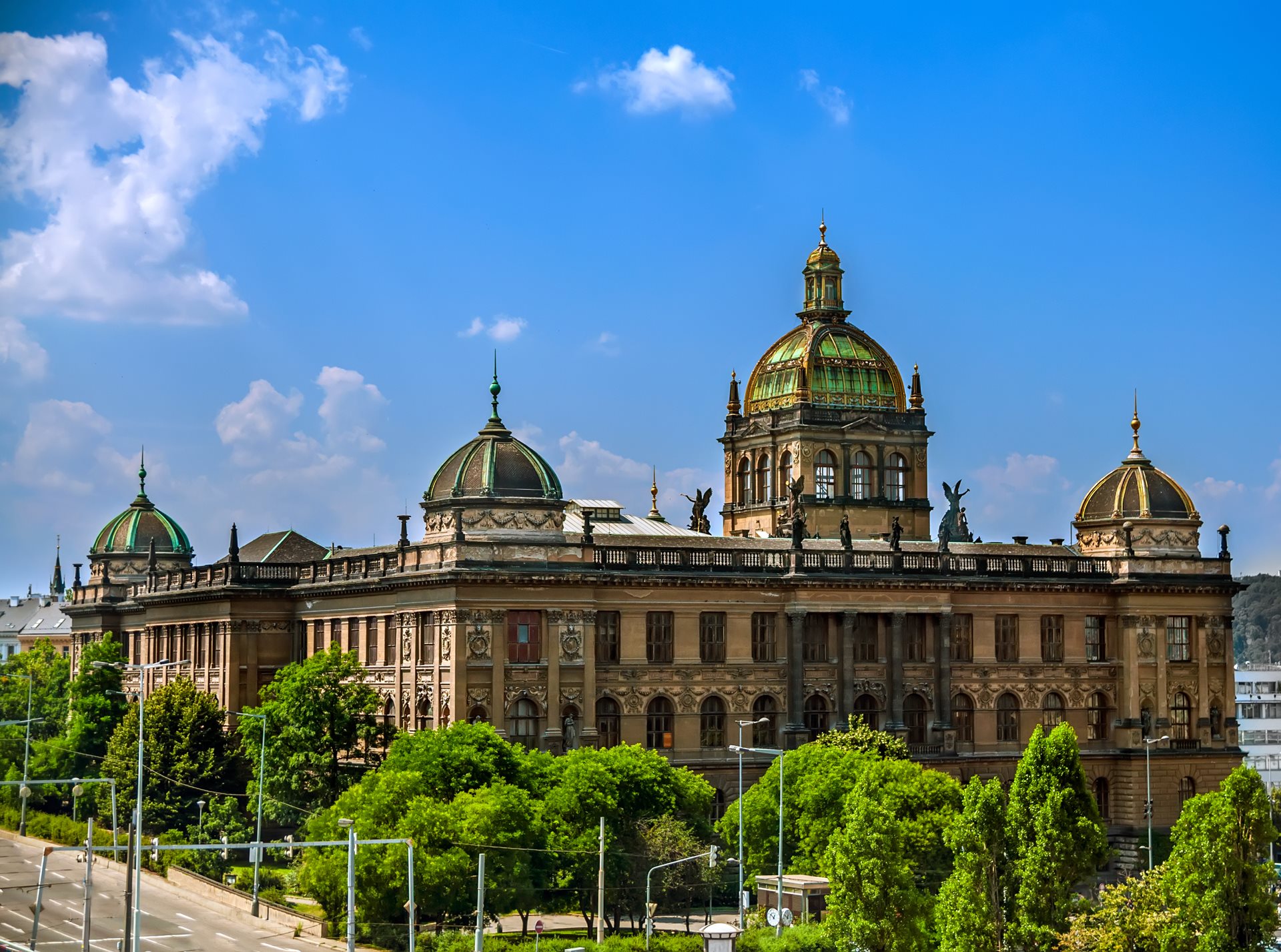
The All New Second Most Valuable Artefact!
The castle and chateau in Bečov nad Teplou in West Bohemia is mostly known in relation to the Reliquary of St. Maurus. And that is quite justified because it is the second most valuable goldsmith's artefact, with the Czech crown jewels being the first, and the most important Romanesque jewel in the country. The reliquary now has a new home in the repaired area of the Upper Castle, which is the most authentic medieval landmark in the Czech Republic. Another treasure you can find there is the unique historical collection of alcoholic beverages from the 19th century. The experts compare its value to the bottles of Champagne fished out of the Titanic. This collection is worth seeing at the least.
The New and Gleaming Karlštejn
This year, you can finally see the reconstructed Central Bohemian castle of Karlštejn! The basement of the Imperial Palace, one of the most valuable parts of the castle, now has a hall for children’s educational programmes, seminars and small cultural events. The small refreshment stand and two expositions in the Burgrave House are brand new: one is dedicated to the structural development of the castle, the other to traditional winegrowing. Karlštejn has had vineyards since the time of Charles IV and so wine is an inherent part of the castle. However, the works will continue this year as there is more to come.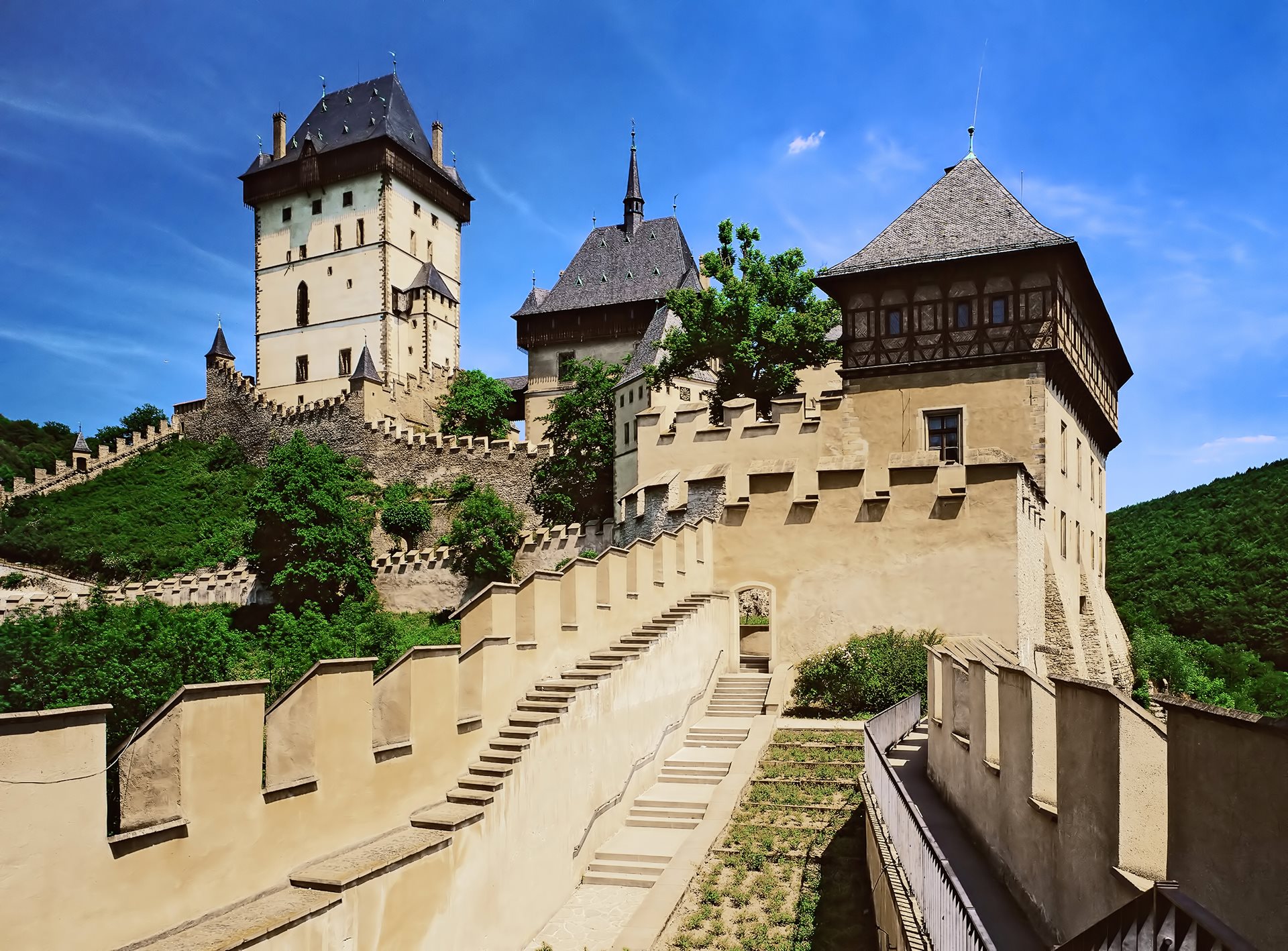
Transforming a Ruin into a Modern Structure?
The medieval Helfštýn castle in Moravia has gone through a big transformation. The Renaissance castle palace, with history dating back to the 14th century, is now supplemented with a glass roof, new accessible gallery and a lookout platform. The architects received the prestigious 2021 Architecture Award for this exceptionally sensitive reconstruction of a historical landmark with contemporary elements. We will see if the work scores in this year’s international competitions.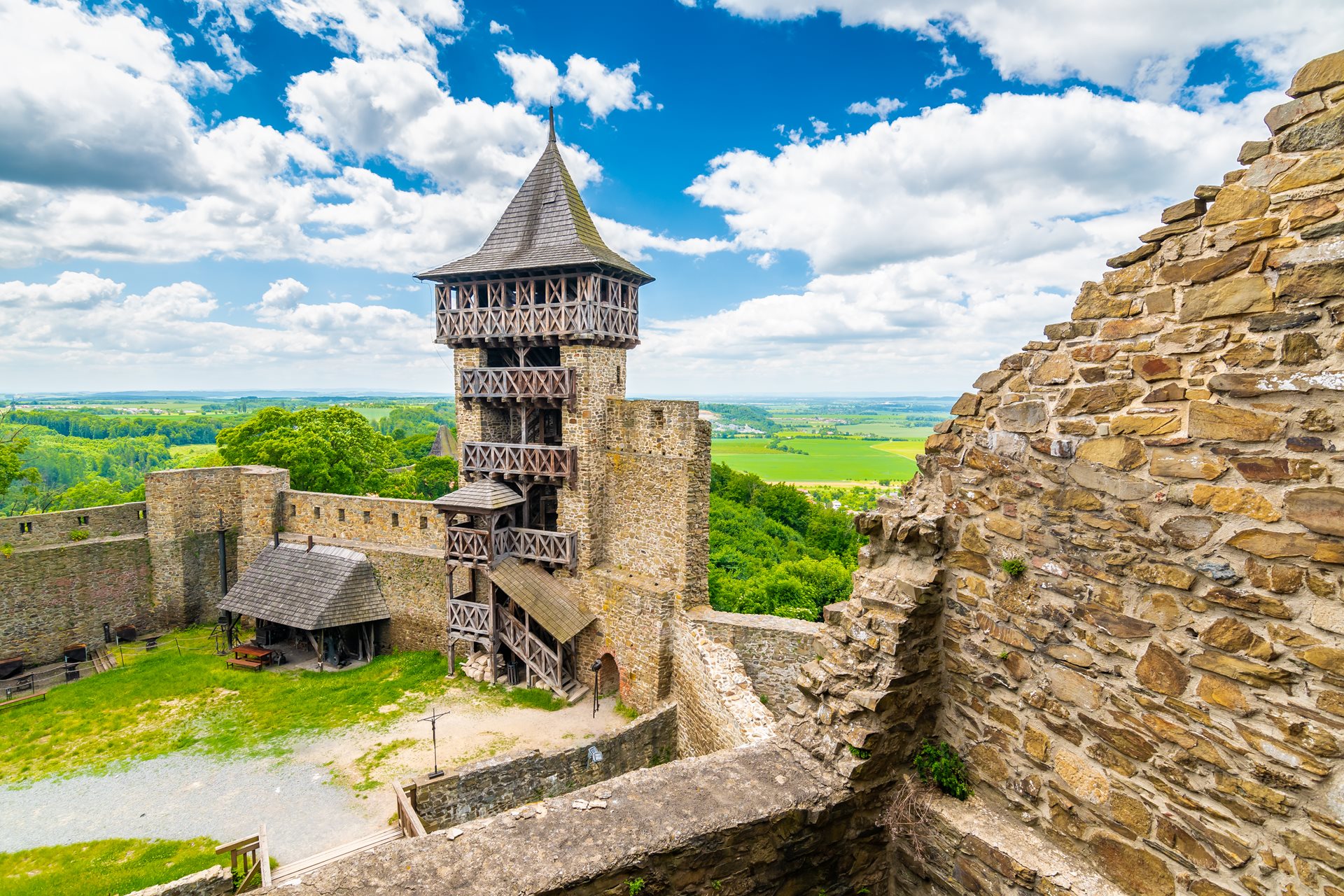
Vimperk Chateau Now Open to the Public
The Vimperk chateau in south/west Bohemia has also been transformed. The devastated landmark has recently changed its owner and reconstruction works followed shortly after. In summer 2021, the chateau opened its gates, and even though some of its spaces are yet to be repaired, you can now see the Renaissance interiors and expositions of the Vimperk Regional Museum. The town of Vimperk is also an excellent starting point for trips to Šumava and exploring the natural beauties of the National Park.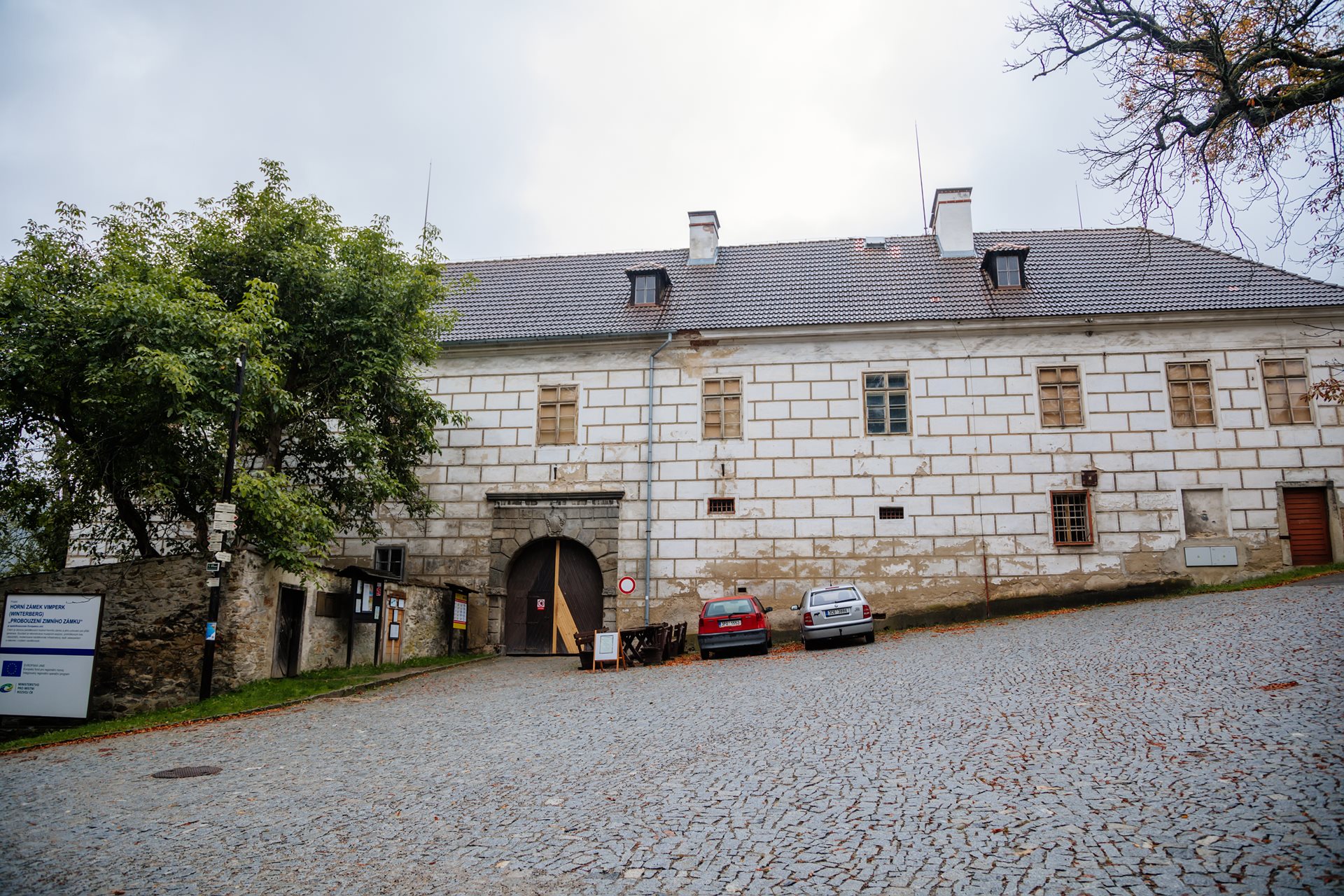
Original Colours of UNESCO Site Restored
The reconstruction of the Pilgrimage Church of St. John of Nepomuk at Zelená hora in Žďár nad Sázavou in Vysočina has restored the look of the famous building in the Baroque Gothic style from 1719–1722, when it was built by architect Jan Santini Aichel. The whole temple has been transformed – from the floor to the altar fabric. A few remaining parts of the Church are being reconstructed this year. It will be completed in autumn and the Church will celebrate its 300th anniversary in the same form as when it was created.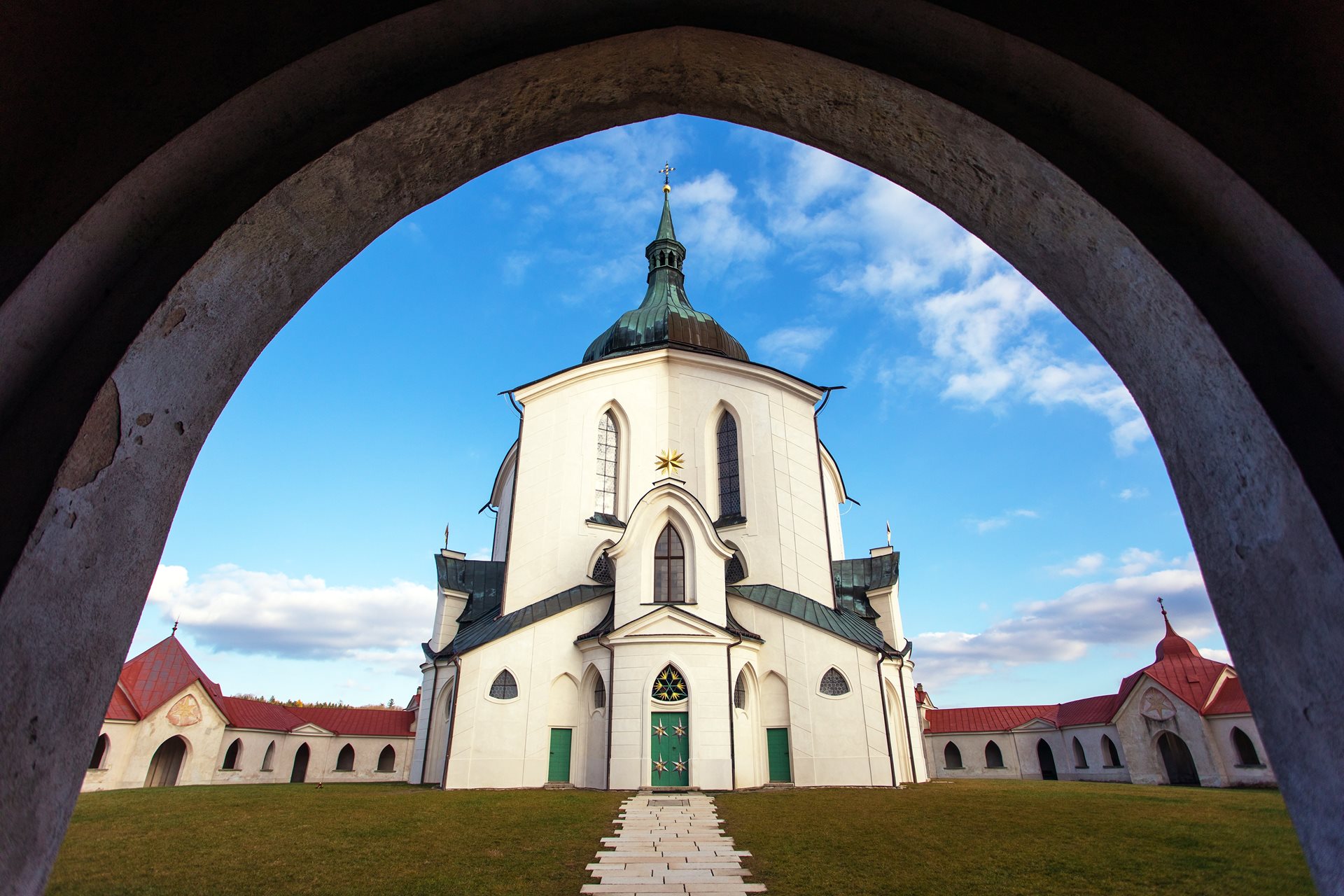
2022 Novelties at Other Landmarks
For the very first time, the second floor of the Opočno chateau in East Bohemia will open to the public with a new tour. The original chateau tour has also been reinstalled; it is dedicated to the fate of the individual members of the Colloredo-Mannsfeld family.In addition to the extended current tour of the Náměšť nad Oslavou chateau in Vysočina, visitors can also see the exhibition of tapestries.
The rare Renaissance gable returned to the Central Bohemian chateau of Konopiště, stolen by the Nazis during WWII, is also worth seeing. Another novelty at Konopiště includes evening tours entitled Noble Entertainment and Festivals. The tours show how the nobility spent their leisure in the most interesting spaces of the chateau, including those that are not usually open to the public.
Hospital Kuks in East Bohemia is getting back the painting with a portrait of Jan Michael Špork, which was stolen thirty years ago during a night burglary.
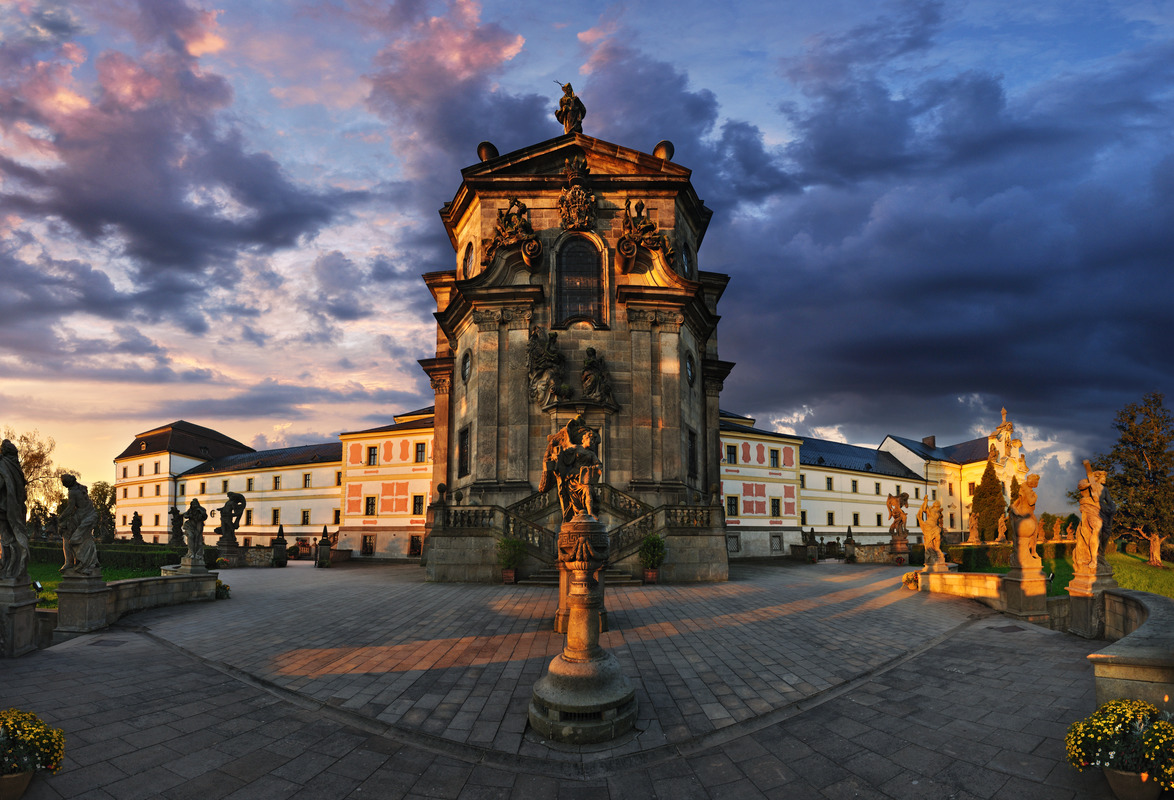
After more than two years of reconstruction works, the Pardubice Chateau has opened the knight halls with the unique painting of the Fickle Fortune - Fortuna Volubilis, the oldest nude in the history of Czech art.
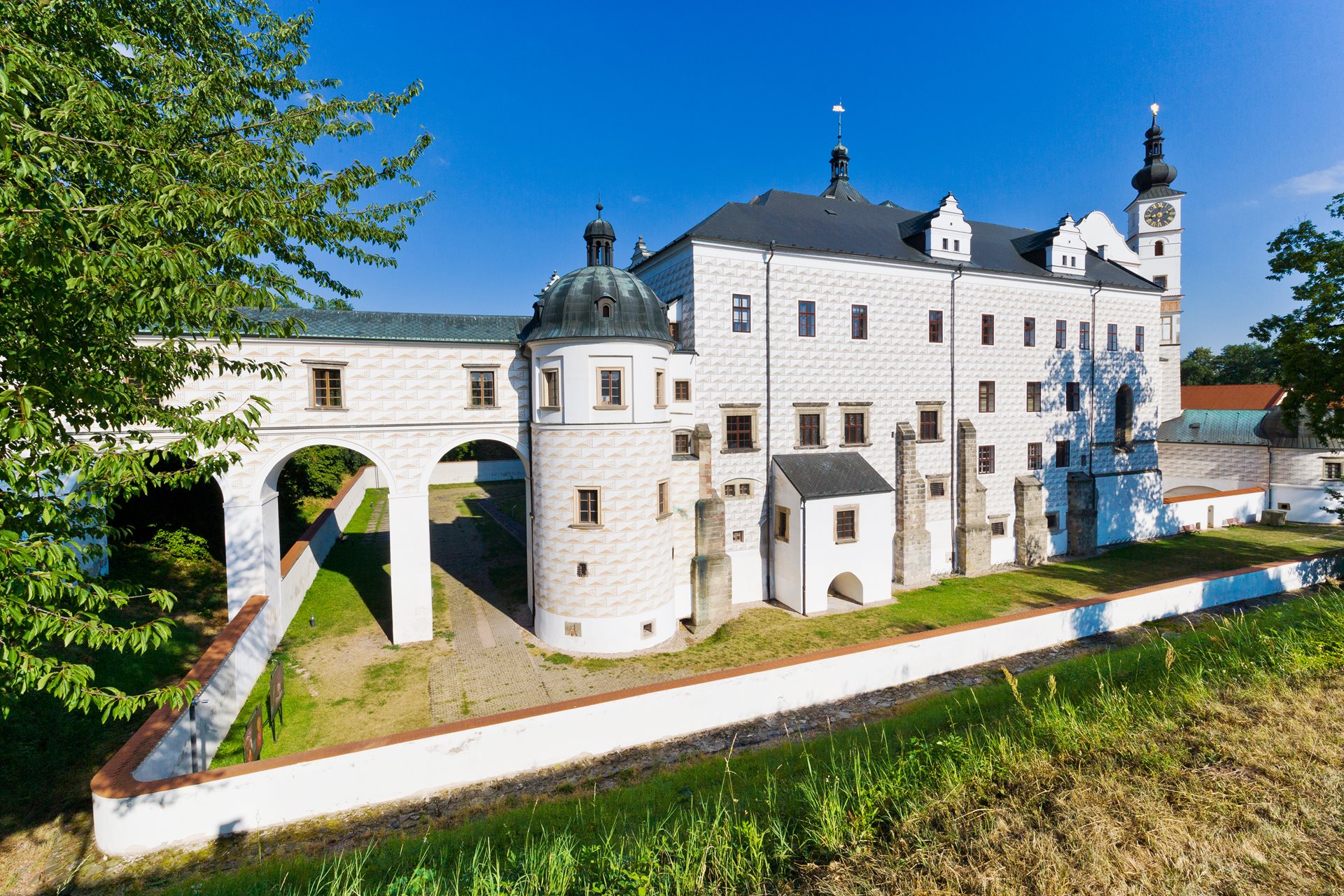
The revitalisation of chateau gardening, including the elimination of access barriers and restoration of the garden of the Moravian chateau of Valtice is almost complete. Thanks to that, the tourist season can be extended into mid-October.
At the end of 2022, the reconstruction of the West Bohemian Kladruby monastery will be completed; it focuses on the overall repair of the convent interiors, building the monastery Garden of Eden, and expanding the tours with newly accessible interiors. The construction work will be finished by mid-year and furniture will be installed in the new tour routes after that.
You can look forward to the newly accessible unique structure of the ice house at the Moravian castle of Šternberk. It is an important technical and yet neglected landmark where ice used to be stored through the summer to keep food and beverages cold.










